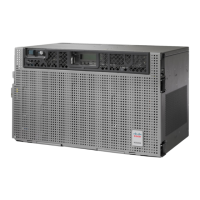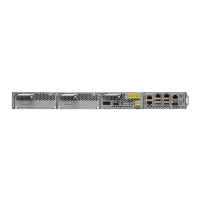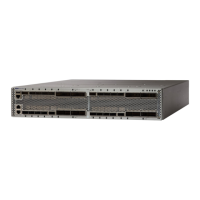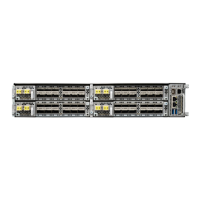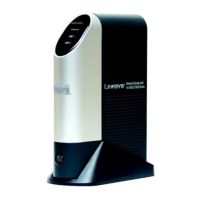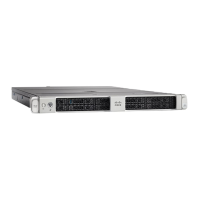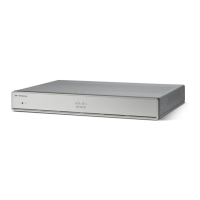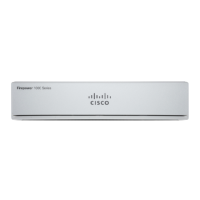Step 7 If all nodes in the ring appear in the CTC network view, determine whether the circuits are complete:
a) Click the Circuits tab.
b) Verify that PARTIAL is not listed in the Status column of any circuits.
Step 8 If you find circuits listed as PARTIAL, use an optical test set to verify that these circuits are not working circuits that
continue to pass traffic. For specific procedures to use the test set equipment, consult the manufacturer.
Step 9 If the PARTIAL circuits are not needed or are not passing traffic, delete the PARTIAL circuits.
Complete the Delete a Circuit, on page 454 procedure.
Step 10 Recreate the circuit with the correct circuit size. Refer to the Create Circuits and VT Tunnels chapter in the Configuration
guide.
Step 11 Log back in and verify that all circuits terminating in the reporting card are active:
a) Click the Circuits tab.
b) Verify that the Status column lists all circuits as active.
Step 12 If the alarm does not clear, clean the far-end optical fiber according to site practice. If no site practice exists, complete
the procedure in the Maintain the Node chapter of the Configuration guide.
On the OC-192 card:
The laser is on when the card is booted and the safety key is in the on position (labeled 1). The port
does not have to be in service for the laser to be on. The laser is off when the safety key is off (labeled
0). Statement 293
Warning
Invisible laser radiation could be emitted from the end of the unterminated fiber cable or connector.
Do not stare into the beam directly with optical instruments. Viewing the laser output with certain
optical instruments (for example, eye loupes, magnifiers, and microscopes) within a distance of 100
mm could pose an eye hazard. Statement 1056
Warning
Use of controls, adjustments, or performing procedures other than those specified could result in
hazardous radiation exposure. Statement 1057
Warning
Always use the supplied electrostatic discharge wristband when working with a powered system. Plug the
wristband cable into the ESD jack located on the lower-right edge of the shelf assembly.
Caution
Step 13 If the alarm does not clear, complete the Physically Replace a Card, on page 453 procedure for the OC-N and electrical
cards.
If the alarm does not get cleared, you need to report a Service-Affecting (SA) problem. Log into the Technical Support
Website at http://www.cisco.com/c/en/us/support/index.html for more information or log into http://www.cisco.com/
c/en/us/support/web/tsd-cisco-worldwide-contacts.html to obtain a directory of toll-free Technical Support numbers
for your country.
UNIT-HIGH-TEMP
Default Severity: Minor (MN), Non-Service-Affecting (NSA)
Logical Object: EQPT
Cisco NCS 2000 series Troubleshooting Guide, Release 11.0
425
Alarm Troubleshooting
UNIT-HIGH-TEMP
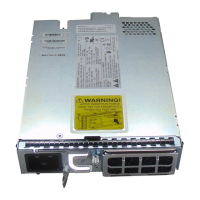
